The Alfa Romeo GTV6 transmission gear ratios have been revised a few times during its production life. Using official factory resource materials, here's a look at the various gear ratios used. Before we do, like many things that concern the GTV6, production changes overlap model years. For example, my car is a 1982 model year but has the 1981 transmission ratios. So don't be surprised if a 1984 car has 1983 gear ratios, etc. Typical Alfa.
When the car debuted in Europe in 1980, the ratios were as follows.
Alfa Romeo GTV6 Transmission Ratios (European and Early US Cars)
ALFA GTV6 EURO AND EARLY US TRANSMISSION GEAR RATIOS
Final Drive: 4.10:1
(gear ratio / overall ger ratio)
1st: 3.50:1 / 14.350:1
2nd: 1.956:1 / 8.0196:1
3rd: 1.345:1 / 5.5145:1
4th: 1.026:1 / 4.2066:1
5th: 0.78:1 / / 3.198:1
REV. 3.000 1 / 12.3000
European and Early US Spec Alfa Romeo GTV6 Speeds in Gear*
1st @1000rpm 4.8mph (7.803kmh) @6300rpm 30.55 mph (49.16 kmh)
2nd @1000rpm 8.67 mph (13.964 kmh) @63000rpm 54.66 mph (87.97 kmh)
3rd @1000rpm 12.63 mph (20.321kmh) @63000rpm 79.55 mph (128.02 kmh)
4th @1000rpm 16.55 mph (26.642 kmh) @6300rpm 104.29 mph (167.85 kmh)
5th @1000rpm 21.78 mph (35.053 kmh) @6300rpm 137.22 mph (220.83 kmh)
RPM @ 60 mph in 5th gear: 2755 rpm
These were the same ratios used in North America when the GTV6 hit our shores in 1981. Some early 1982 GTV6 models also had these ratios until they were replaced by the noticeably taller ones below.
Alfa Romeo GTV6 Transmission Ratios (1982-1983 US Spec)
1982-1983 ALFA GTV6 TRANSMISSION GEAR RATIOS
Final Drive: 3.42:1
1st 3.500: 1 / 11.958:1
2nd 1.956: 1 / 6.683: 1
3rd 1.258: 1 /4.298 1
4th 0.946: 1 / 3.232: 1
5th 0.780: 1 / 2.665: 1
REV. 3.000 1 / 10.249: 1
1982-83 US Spec Alfa Romeo GTV6 Speeds in Gear**
1st @1000rpm 5.82 mph (9.37 kmh) @6300rpm 36.68 mph (59.03 kmh)
2nd @1000rpm 10.41 mph (16.76 kmh) @63000rpm 65.61 mph (105.59 kmh)
3rd @1000rpm 16.20 mph (26.07 kmh) @63000rpm 102.06 mph (164.24 kmh)
4th @1000rpm 21.54 mph (34.66 kmh) @6300rpm 135.68 mph (218.36 kmh)
5th @1000rpm 26.10 mph (42.00 kmh) @6300rpm 164.41 mph (264.60 kmh)
RPM @ 60 mph in 5th gear: 2299 rpm
Some feel that these taller ratios took away the "hot-rod" feel of the earlier car. However, the lower rpms at highway speed were welcomed by many who spent a lot of time on the highway. First gear also became more useful. Zero to sixty times were also improved by eliminating the shift out of second gear before sixty miles per hour were reached.
Alfa Romeo GTV6 Transmission Ratios (1984-85 US Spec and Other Markets)
These ratios continued until the 1984 model year, when the 1982 tall gear ratios were combined with the original 4:10:1 final drive. This transmission is referred to in Alfa Romeo documentation as the "High-Geared Gearbox/Differential."
1984-1985 ALFA GTV6 TRANSMISSION GEAR RATIOS
Final Drive: 4.10:1
1st 3.500:1 / 14.350:1
2nd 1.956:1 / 8.0196:1
3rd 1.258:1 / 5.1578:1
4th 0.946:1 / 3.8786:1
5th 0.780:1 / 3.198:1
1984-85 US Spec Alfa Romeo GTV6 Speeds in Gear*
1st @1000rpm 4.84 mph (7.80 kmh) @6300rpm 30.53 mph (49.14 kmh)
2nd @1000rpm 8.67 mph (13.96 kmh) @63000rpm 54.65 mph (87.95 kmh)
3rd @1000rpm 13.50 mph (21.73 kmh) @63000rpm 85.07 mph (136.90 kmh)
4th @1000rpm 17.95 mph (28.89 kmh) @6300rpm 113.10 mph (182.01 kmh)
5th @1000rpm 21.78 mph (35.05 kmh) @6300rpm 137.21 mph (220.82 kmh)
RPM @ 60 mph in 5th gear: 2755 rpm
Note: These speeds are based on 195 60 R15 tires for comparison sake and not the TRX Metric 200/60 HR365 tires size standard on the 1985 US GTV6.
Interestingly, while most European cars I've heard of stayed with the original 1980 gear ratios, this "High-Geared Gearbox/Differential" is listed in the European Technical Inspection Manual dated from 3/1984.
1985.5 ALFA GTV6 Isostatic Gear Shift
Starting about mid-way through the 1985 model year for US cars (Chassis number 10006731 according to Alfa Romeo documentation), Alfa updated the transmission shift linkage for an improved feel. This revised shift linkage is commonly called "Isostatic ." This modification replaced the simple external shift lever at the transmission case with a series of rods and levers. The consensus at the time was that the revised shifter was smoother, easier, and had a more positive feeling than the rather clunky original shifters. However, nearly 40 years later, Isostatic shifter parts are challenging to source. Because of that, some are saying if you have a worn-out shifter, you are better off now with the old-style shifter mechanism. So much for doing the Isostatic upgrade I never got around to doing!
Update 2-21-2023
I see the Alfa Romeo European Workshop Manual showing 1985 and later European GTV6 models as having the ratios listed below. I invite our European friends to post a comment and let us know what ratios they have in their cars.
Alfa Romeo GTV6 Transmission Ratios (1986 US Spec and late 1985 European Version)
1986 ALFA GTV6 TRANSMISSION GEAR RATIOS
Final Drive: 4.10:1
1st 2.875: 1 / 11.787:1
2nd 1.720: 1 / 7.052:1
3rd 1.226 1 / 5.027:1
4th 0.946 1 / 3.879:1
5th 0.780:1 / 3.198:1
REV. 3.000 1 / 12.300:1
1986 US Spec and late 1985 European Version Alfa Romeo GTV6 Speeds in Gear*
1st @1000rpm 6.00 mph (9.646 kmh) @6300rpm 37.76 mph (60.770 kmh)
2nd @1000rpm 10.01 mph (16.123 kmh) @63000rpm 63.12 mph (101.575 kmh)
3rd @1000rpm 14.05 mph (22.620 kmh) @63000rpm 88.55 mph (142.506 kmh)
4th @1000rpm 18.21 mph (29.315 kmh) @6300rpm 114.76 mph (184.685 kmh)
5th @1000rpm 22.08 mph (35.553 kmh) @6300rpm 139.18 mph (223.984 kmh)
RPM @ 60 mph in 5th gear: 2716 rpm
Update 2-19-2023:
I have found official speeds in gear@1000 rpm and have updated the 1986 numbers. Previously they were calculated.
Let us know if you have more information to share by leaving a comment. Thanks for reading!
----------------------------------------------
Sources:
Alfa Romeo Inspection Specifications publications dated 10/1981, 2/1981, 3/1984,
Alfa Romeo GTV6 Owners Manuals: 1981 through 1986
Alfa GTV6 Spare Parts Catalog, USA edition 0060495165, 9-1989
Alfa Romeo Workshop Manual PA36090+ 9/84
*Official km/h @ 1000 RPM speeds in gear provided by factory. Converted to mph for convenience.
**Approximate speeds in gear calculated. Factory tire size value used. Rolling radius of tires, among other variables, affects speed. Speeds are rounded for convenience.


a.jpg)
.jpg)
a.jpg)

b.jpg)
c.jpg)

a.jpg)


A.jpg)

a.jpg)
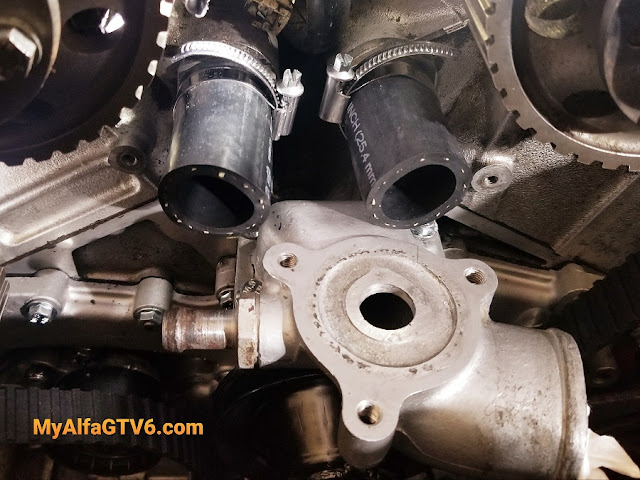
a.jpg)



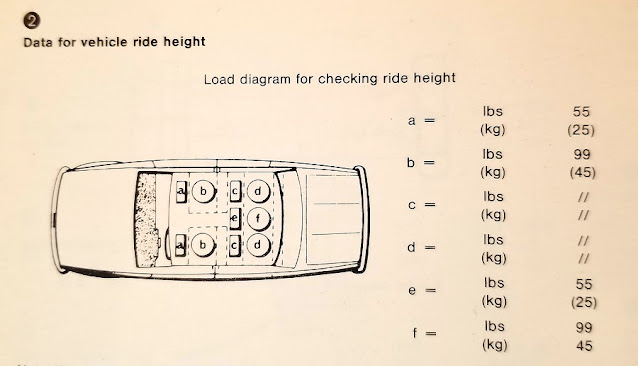


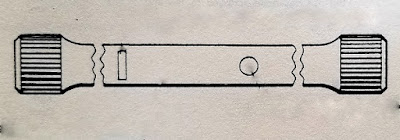






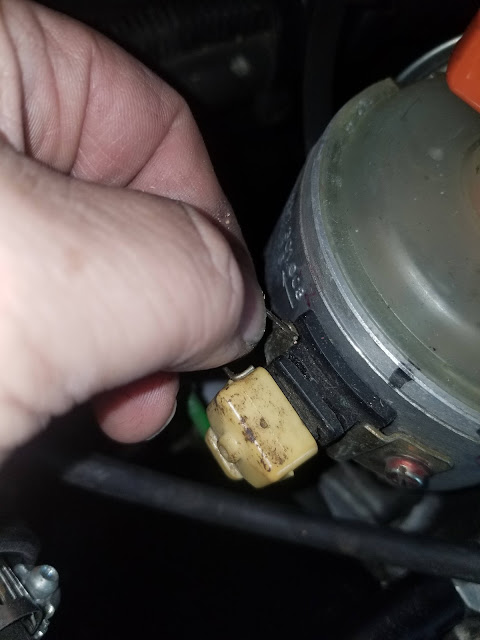
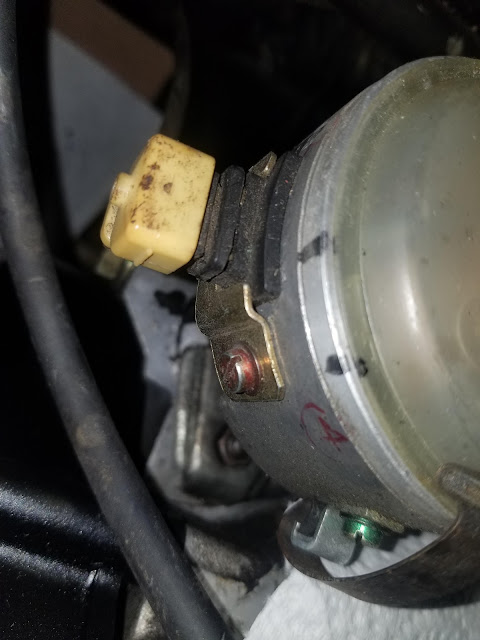
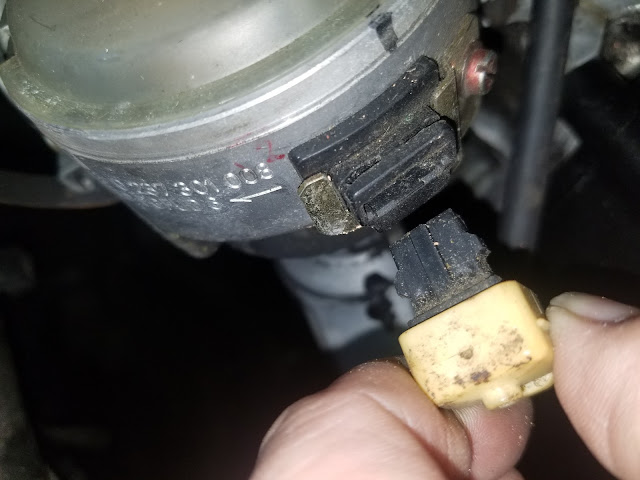




a.jpg)
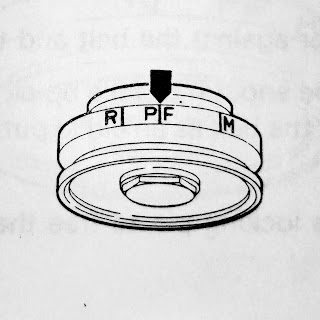



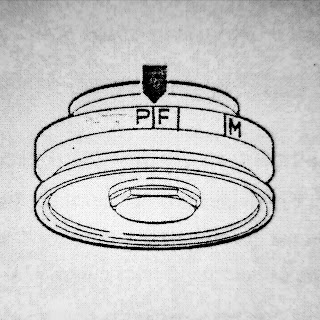



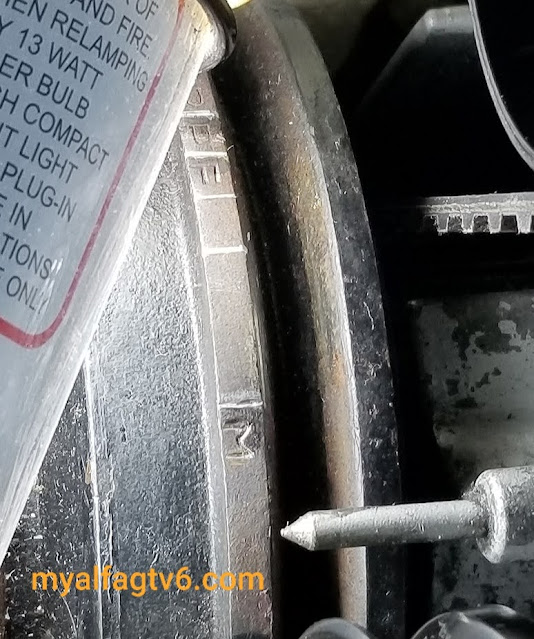
a.jpg)

